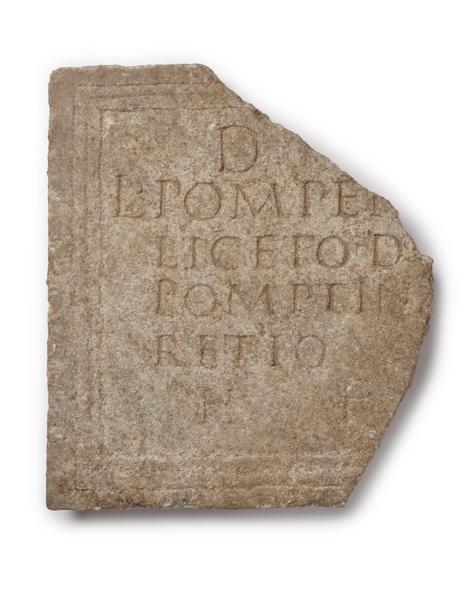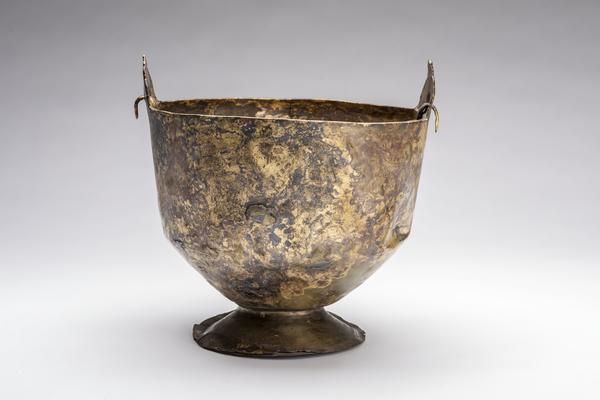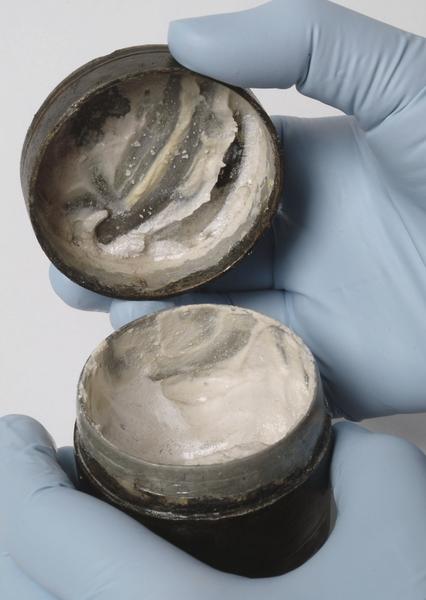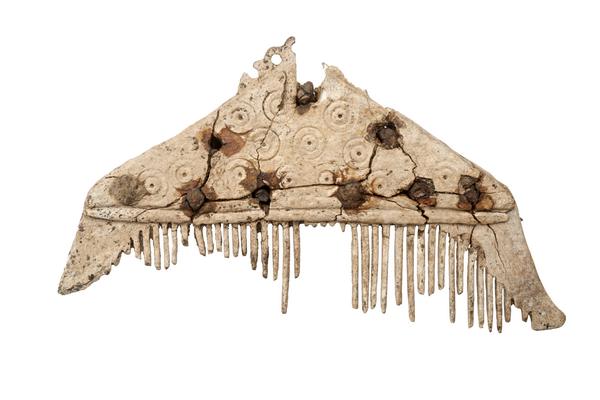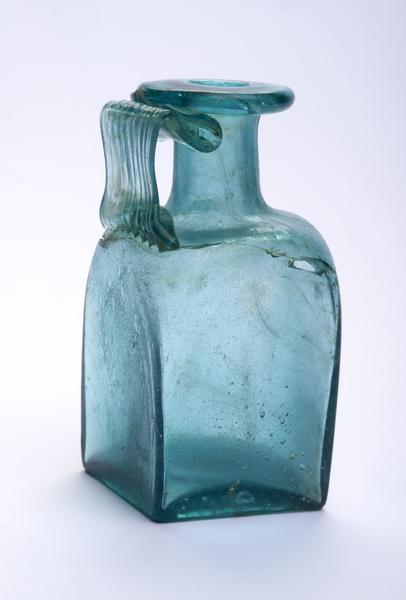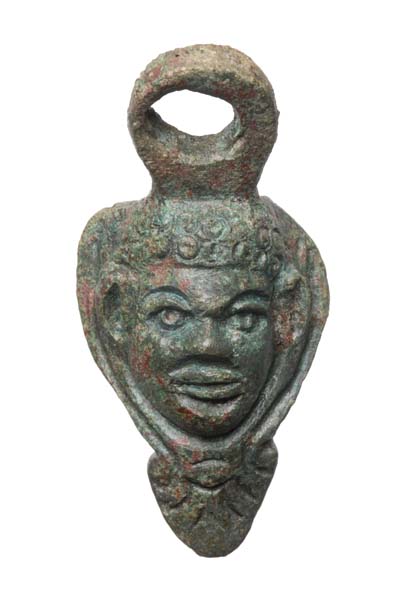Where to see Roman ruins in London
Looking around our modern city, it can be hard to picture Roman London. But in the centre and the suburbs, you can still see the remains of the Romans’ city wall, baths, temples and villas.
Across London
43–410 CE

The Temple of Mithras
Discovered in Walbrook in the City of London in 1954, this temple was dedicated to the bull-slaying Roman god Mithras. His worshippers were men, particularly soldiers, merchants and civil servants. Our collection includes some amazing statues from the temple. You can also visit the reconstructed foundations on the original site at Bloomberg SPACE.

The Roman fort
Around 120 CE, before the Romans built their city wall, they built a large fort to house more than 1,000 soldiers in the north-west of their town. Today, that would be close to the Barbican Centre. Remains of the fort survive in an underground car park and can be visited as part of a London Museum tour.

The Roman wall
Between 190 and 230 CE, the Romans surrounded their settlement with a formidable 3km-long wall. They later added towers and a wall along the riverfront. Heightened and rebuilt many times, the wall protected the city throughout the medieval period and beyond. A self-guided walking tour beginning at the Tower explores this amazing monument. Follow the signs and you’ll find impressive sections within the Barbican Estate and near Tower Hill station, shown above.

The Roman wall at Vine Street
At Vine Street, there’s an opportunity to see a preserved section of the Roman wall and one of the towers. Head below ground and you’ll find related objects and information explaining what the wall once looked like.

The Roman amphitheatre
In the heart of central London, the dark-tiled line running across the Guildhall yard marks the arena wall of a Roman amphitheatre. First built around 70 CE and expanded 50 years later, this was where 10,000 Londoners watched gladiators fight and criminals be executed. Descend into the basement of the nearby Guildhall Art Gallery and you can walk between the original walls leading into the arena.

Billingsgate Roman house and baths
Roman baths were places for people to keep clean, relax and socialise. Several have been found in London. The largest, at Huggin Hill, featured changing rooms, hot and cold rooms and plunge pools – just like a modern spa. Those can no longer be seen, but elsewhere, under offices on Lower Thames Street, you can see the heating system and walls of a private house and its baths. These remained in use until the very end of the Roman period, around 400 CE. Guided tours are available in certain months.

Crofton Roman villa, Orpington
Few Roman villas have been discovered in Greater London, except in the south east, where a string of them extend into Kent. Crofton villa in Orpington, Bromley, started as a small farmhouse in the 100s CE. As the owners grew wealthier, they added rooms with underfloor heating. There were wall paintings and possibly a mosaic. Much of the building has been preserved. It was scheduled to reopen in 2025.

The wharf timber at St Magnus the Martyr
St Magnus the Martyr church, shown by the riverside in this painting, was first built in 1067. Its stone gateway was the entrance to the medieval London Bridge. But this church on Lower Thames Street may also be home to a Roman relic. Besides the gatepost, you’ll find a decayed bit of timber. Some accounts suggest this comes from a Roman riverside wharf discovered a hundred years ago just north of the church.

Roman pavement at All Hallows by the Tower
In this church, close to the Tower of London, there is a small section of a Roman pavement. A church has stood in the area since early medieval times, and the mosaic can be seen as part of its museum in the church crypt.

The mosaic at St Bride’s, Fleet Street
You’ll find another mosaic in the crypt of this City of London church. Destroyed and rebuilt multiple times over the centuries, St Bride’s is one of the oldest churches in London. The first structure dates back to the 500s CE.

The Roman temple in Greenwich Park
Greenwich Park is a great place for Roman history. Watling Street, the Roman road connecting Kent to London, once ran through the area. And, if you follow signs to the east of the park, near Maze Hill Gate, you’ll see a small grassy mound where a Roman temple once stood. A helpful information panel tells its story, explaining that it was built by 100 CE, and lasted until around 400 CE.


